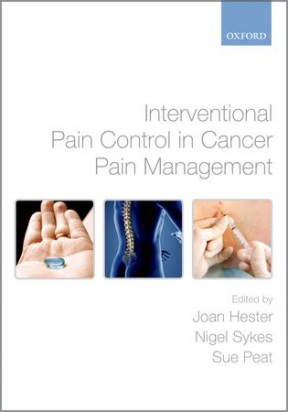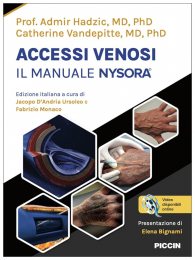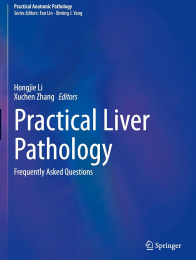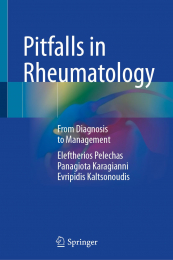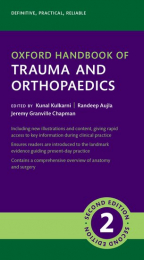Non ci sono recensioni
- A guide for healthcare professionals on the range of interventional pain management techniques available, with evidence of efficacy, side effects and management advice
- Case studies are used to demonstrate the complex decision-making processes involved in pain management, and to give examples of good and bad pain management
- Contains a plate section of colour images, to demonstrate real-life procedures and the equipment used
The effective management of pain from cancer is a top priority for patients, carers and healthcare professionals, and has been the subject of extensive research. Approximately two-thirds of cancer patients will experience severe pain, and many of them will have more than one pain. However, because of the increasing number of available treatments for cancer, patients are surviving for longer periods, and are developing complex consequences of their cancer and its treatment, such as central and peripheral neuropathic pain syndromes. Approximately 8 - 10% of cancer pain remains unrelieved by conventional means.
Interventional cancer pain management implies the use of invasive techniques, such as neuraxial (epidural, intrathecal and intracerebroventricular) drug administration, brachial and lumbar plexus blocks, autonomic blockade, neurolytic blocks and cordotomy. It can also include TENS, acupuncture and complementary therapies. This book describes specifically the difficult pain problems that are now faced in palliative care and highlights the need for greater collaboration between the disciplines of pain medicine and palliative care. It refers to the psychological and spiritual needs of patients, and provides patient experience data on specialist techniques. The book is an invaluable resource for all healthcare professionals working in palliative care, pain management, and primary care to inform them about the range of interventional techniques available, with evidence of efficacy, side effects and management advice.
Readership: This book will be of interest to all healthcare professionals in pain management, palliative care, and primary care.
1: Nigel Sykes: Setting the scene
2: Sue Peat and Joan Hester: Difficult pain problems
3: Joan Hester: Interventional pain control: background and current role
4: Catherine Urch: Pain mechanisms
5: Paul Farquhar-Smith: Neuraxial (epidural and intrathecal) infusions I: anatomy, pharmacokinetics, evidence-base and commonly used drugs
6: Joan Hester: Neuraxial (epidural and intrathecal) infusions II: patient selection, epidural versus intrathecal, equipment, description of the technique, complications, national use
7: Julie O'Neill and Margaret Gibbs: Practical nursing management of epidural and intrathecal infusions
8: Sue Peat, Kevin Fai and Joan Hester: Peripheral blocks, plexus blocks, and intrathecal neurolysis
9: Richard Griffiths, Jon Norman and Kevin Fai: Blocks of the sympathetic nervous system / autonomic blockade
10: Mike Williams and Derek Pounder: Cordotomy
11: Nicholas Padfield: The use of peripheral nerve and spinal cord neuromodulation in cancer pain
12: Mark I. Johnson, Jacqueline Filshie and John W. Thompson: Transcutaneous Electrical Nerve Stimulation (TENS) and acupuncture
13: Rosanna Heal: The patient's perspective
Appendix 1 - Body dermatomes

